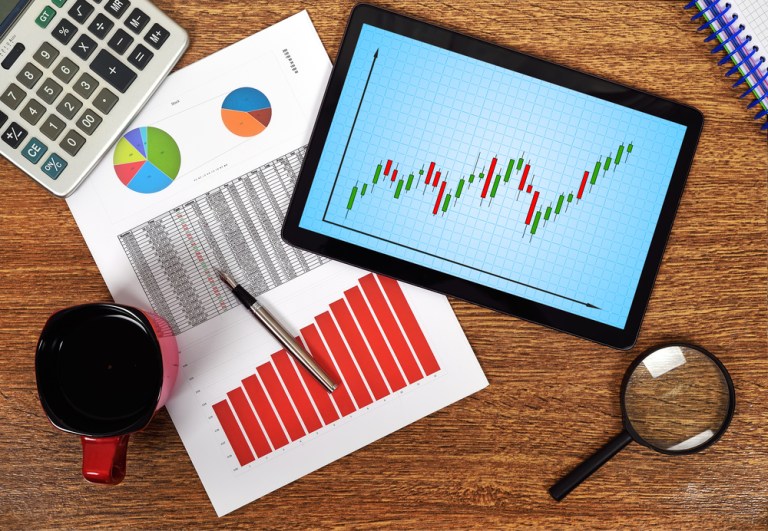
Cash flow forecasting technology was once only for the massive enterprise, with resources aplenty to invest in such tools and the internal expertise to understand the complexity of it all. But cash forecasting is democratizing to smaller companies thanks to incoming technology, said TreasuryXpress CEO Anis Rahal. He told PYMNTS how forecasting technology is evolving into an incorporated part of the B2B payments process and why that’s a capability SMEs might want to keep an eye on.
Cash flow forecasting and corporate payments are intrinsically linked, Rahal explained, with corporate outflows and inflows directly linked to the money coming in and going out of a firm. Even for the largest corporations, getting a handle on this type of data can be difficult.
“The biggest challenge, in fact, is the matching between the data the treasurer is forecasting with the bookings through the main channel that treasurers and CFOs are facing,” Rahal said. Those CFO-facing channels, he added, are the accounting and ERP systems that contain data of actual transactions; matching them with what treasurers anticipate within their forecasting systems is tricky.
The larger the company — and the broader its geographic reach — the more difficult this matching process can be, but the more important an accurate forecasting solution is.
“Especially for companies that have several legal entities spread geographically,” the executive said, “if you want to organize your futures, if you want to know if you’re going to be short on cash in the future, you need to involve all of your legal entities to get their inflows and outflows to present more accurate information.”
Accuracy and power are crucial for forecasting systems to be able to not only streamline data across the entire enterprise but integrate that data into what’s recorded within corporate ERP systems.
But the benefits to accurate cash predictability are universal across companies of all sizes. Rahal pointed to the ability for businesses to foresee whether they will need to access external financing should they be short on cash in the coming months, key to making payroll and supplier payments, for instance. Or, if a company is slated to be cash-rich in the forecasting model, a business can more quickly work with its financial services providers to plan out investments and obtain better rates, Rahal noted.
Cash flow forecasting‘s entrance into the SME segment is in its infancy. That’s due to the traditional perception that this kind of technology is not only too technologically advanced for the SME but may even be an overkill of technology for a smaller operation. Rahal explained that these benefits of forecasting are just as applicable to any company, large or small.
Usually, the executive said, the technology linked to forecasting overloads what a small business can handle. That’s due to the aforementioned problem of matching the data used to forecast with the data within ERP systems. TreasuryXpress’ solution to this was rolled out with the latest update to its cash flow forecasting solution, Forecast+, which integrates with the likes of QuickBooks, Xero, Oracle and other cloud-based ERP and accounting systems.
Doing so more closely and accurately links corporate payments and transactions to its forecasting process, Rahal said, and can even help a business gain a more transparent view of cash flow overall.
“For example, after reconciling the forecasting with the bookings, they can discover some unsettled invoices that they will be able to settle via a payment gateway,” he explained, adding that TreasuryXpress will be eyeing these payment gateway integrations in the near future. The arrival of blockchain technology, the executive said, has taken forecasting and its link to overall cash management to another level, offering the opportunity for businesses of all sizes to settle invoices with a digital payments gateway straight from their ERP-integrated forecasting platform.
In Rahal’s view, technology isn’t making cash flow forecasting more sophisticated. “On the contrary,” he said, “it’s going to make it less sophisticated.” And that’s a good thing, with innovation automating data entry and reconciliation, empowering SMEs to gain the potential in cash flow forecasting without the burden of taking on an overbearingly complex tool.
That’s where this industry is headed, the executive added.
“One of small businesses’ biggest issues is not the cash flow; it’s much more how to pay their invoices,” he said, adding that the combination of cash forecasting, a payment gateway and reconciliation with ERP data means forecasting could potentially be a key component in SMEs’ payments and cash management operations.
“The technology now is really making it possible,” Rahal continued. “Your cash forecasting is really accurate — it will be almost 100 percent accurate — and that’s the future.”